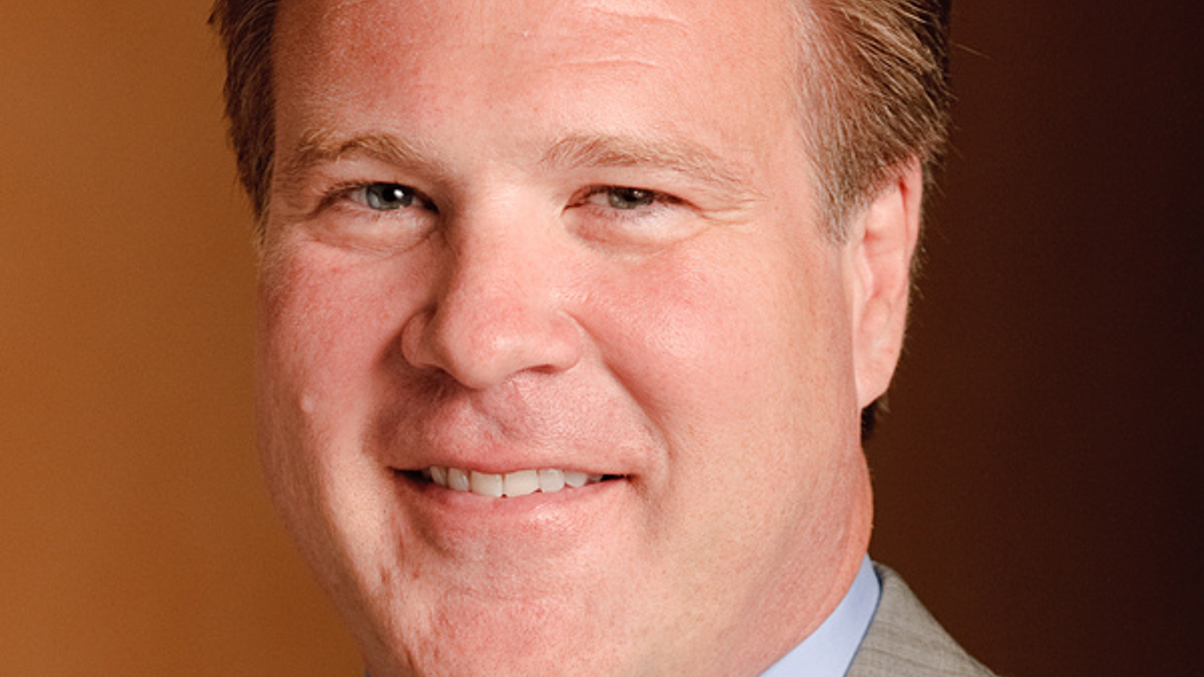Western Asset chief keen to see rising US rates
The fixed income specialist's CEO James Hirschmann says he would welcome a rising interest rate environment. He also predicts where the biggest fixed-income flows will be heading and speaks out on Pimco.

Fixed-income specialist Western Asset Management is keen to see a rise in US interest rates, its chief executive told AsianInvestor.
Sign In to Your Account
Access Exclusive AsianInvestor Content!
Please sign in to your subscription to unlock full access to our premium AI resources.
Free Registration & 7-Day Trial
Register now to enjoy a 7-day free trial—no registration fees required. Click the link to get started.
Note: This free trial is a one-time offer.
¬ Haymarket Media Limited. All rights reserved.


